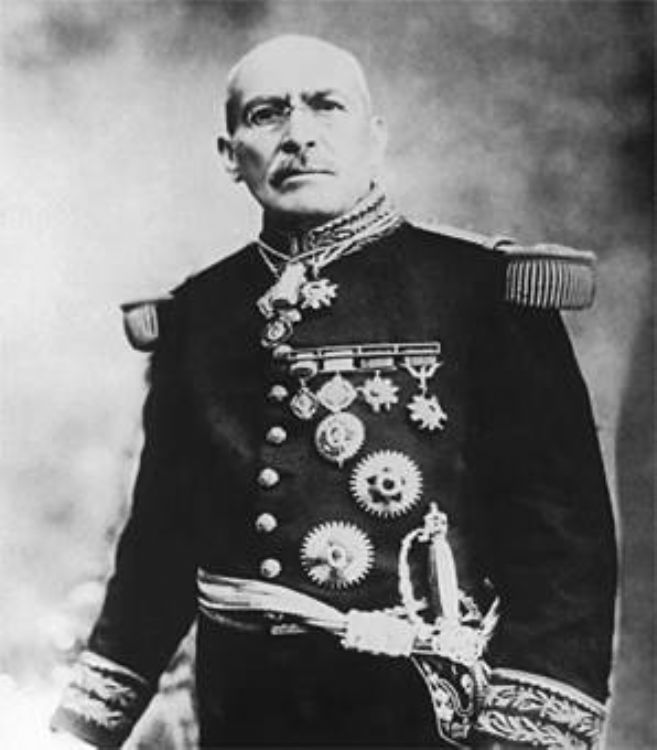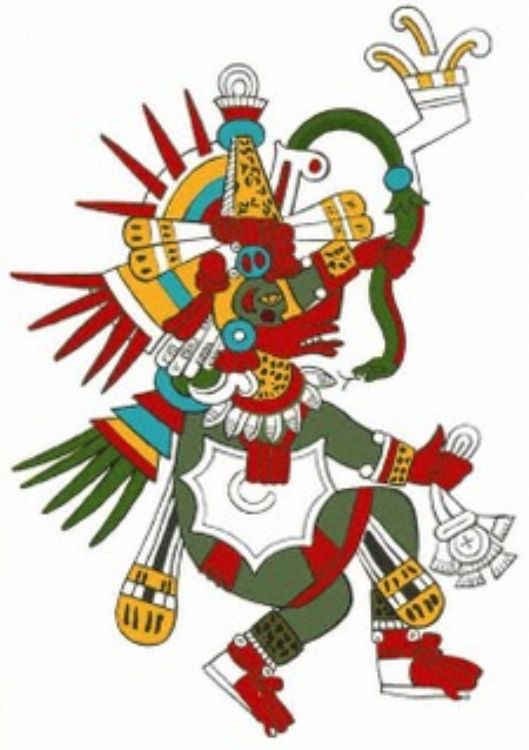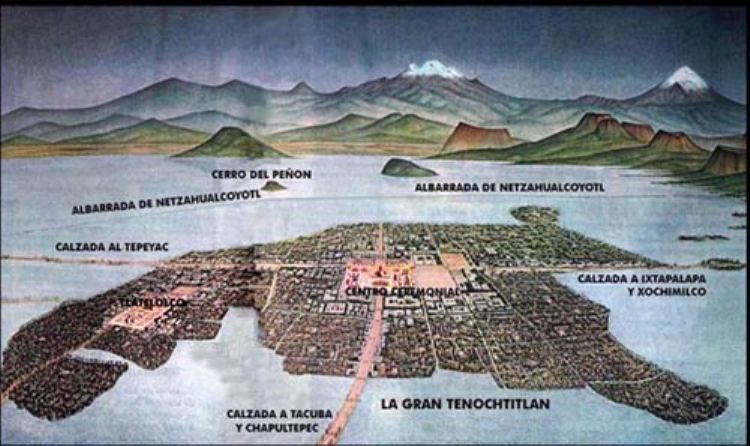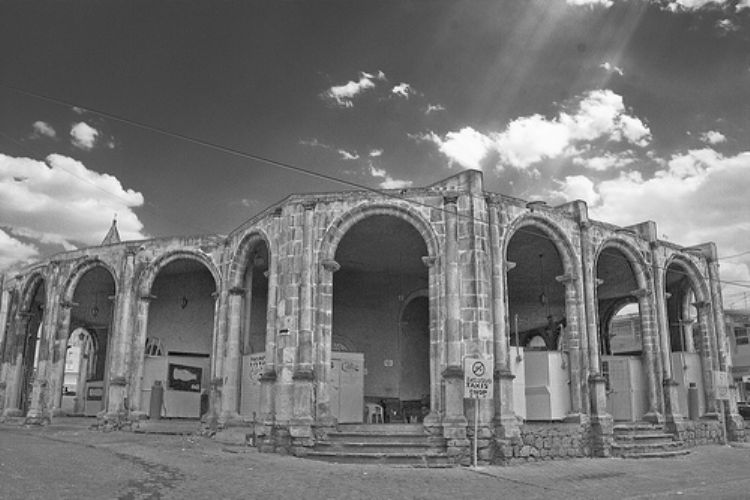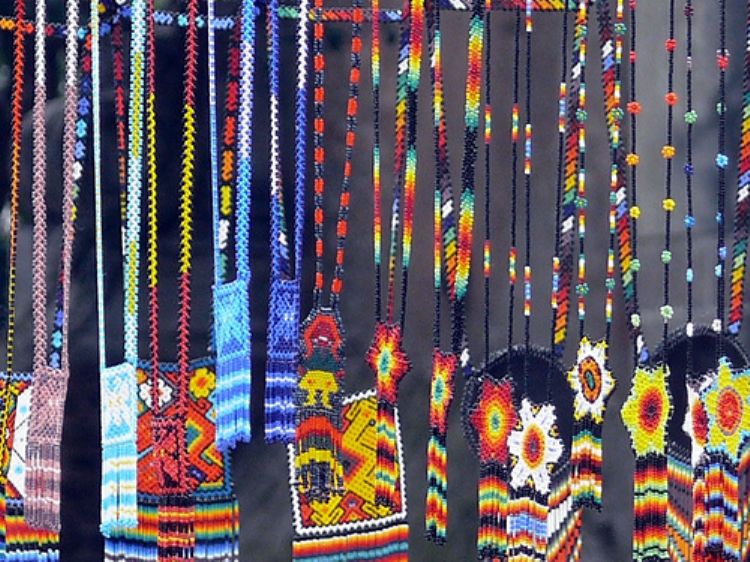Mexican Legends (Part II)
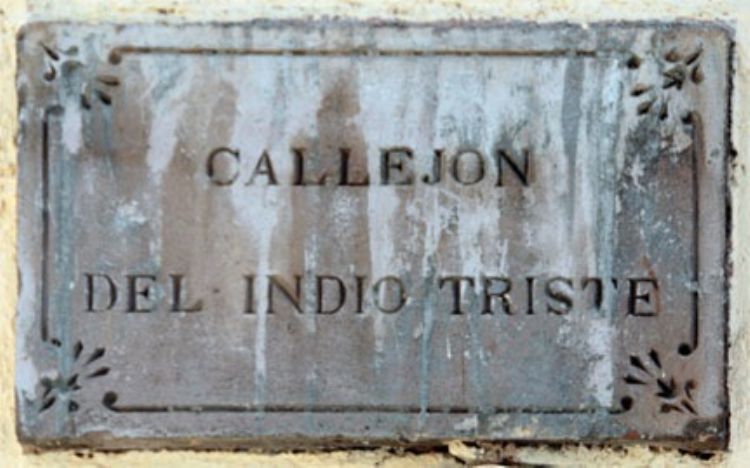
The âSad Indianâ Street
This legend dates from the time when Mexicoâs colonization began, and is related to the strong impact that the arrival of foreigners and the culture clash caused to the indigenous civilizations.
They say that in colonial times, when the Spaniard occupation devastated the institutions, customs and religion of the indians, Cuauhtzin, a former member of the nobility roamed the streets helpless and sad, yet angry. Seeing the old Tenochtitlan completely changed, adopting new customs and its people at the service of foreigners was too much for him. One day, when he was especially thoughtful, he decided to stop wandering and sit on a pile of rubble in the corner of Azaxacatl Temple.
His sorrow and melancholy were such that few dared to interrupt his slumber. Days passed, and he stayed downcast and thoughtful. The Spaniards called him a lazy and drunk Indian, but he was unresponsive; in case of being forced to leave his corner, he always returned to his usual place. The legend does not tell us how he survived in those conditions but it states that his presence was constant and that he never changed his mind.
People passing by began to get used to his presence, as they began to consider him as a reference point for the street he was located in; they called it âthe Sad Indian Streetâ. They say that, one day, at the corner that he always sat in, Cuauhtzin was not to be found. Instead, there was a stone statue in the same position that the indian adopted. Nobody knew what happened to the sad Indian. The rumor spread quickly about the fact that the Indian had turned into stone. Such was the fame of this event, that the street continued to be called that way until it was renamed in modern times.
The Bride of the Regina Street
Another legend arises in Mexico Cityâs colonial period in 1556. They say that every time a new viceroy was sent from Europe to New Spain, a warm welcome took place in the cityâs streets and avenues. This day was solemn and everyone wore their finest garments for the occasion. Caravans where formed where the most noble knights and elegant horses were admired by the people. September 17, 1556 was the scheduled arrival date of the new Viceroy Don Gaston de Peralta, appointed by King Felipe II of Spain. Time before the scheduled date, the noble gentlemen who will take part in the parade were chosen.
Among the men's caravan that accompanied the viceroyâs arrival, there was a young rider, about twenty-eight years old. His bearing and beauty were admired by young ladies from the streets and balconies as they witnessed the parade. He was called the noble knight Don Alvaro Villadiego and Manrique. When going through the procession around the corner of Regina Street, Don Alvaro was captivated by the beauty of a girl who was leaning on a balcony. He passed that place several times to inquire about the name of the beautiful girl. Asking, someone finally told him the name of the girl, Maria de Aldarafuente and Segura. Such was his infatuation that Don Alvaro decided to be persistent to be able to make contact with Maria.
The young pretender spent days visiting the area around the house waiting to talk to her, but her parents did not allow him to get near her. Without giving up, he kept insisting, until shortly after Doña Mariasâ mother's turning ill allowed a letter from Don Alvaro to reach the hands of the purported. In his letter, he asked her that when it was possible for her to correspond his love and the situation improved, she should have a green cross painted on the corner of her home. In this way he would know that the approach was possible and will try to contact her. Weeks and months passed, without reducing the visits and the insistence of the suitor, until one day, the long-awaited signal appeared.
Through a priestâs support, who offered to intervene, he could begin the first approaches and soften the resistance of Doña Mariaâs parents. That was no regular courtship, but the priest's support was key for the parentâs approval for the marital bond. Don Alvaro and Maria were very glad that day. In memory of that occasion, Don Alvaro had someone built a green stone cross on the houseâs corner. This signal can still be seen at the intersection of Regina and Correo Mayor streets, in Mexico Cityâs Historical Center.
Article produced by the Editorial Team of "Explorando Mexico".
Copyright Explorando México, All rights reserved.
Photo: MexicoWoods.com

